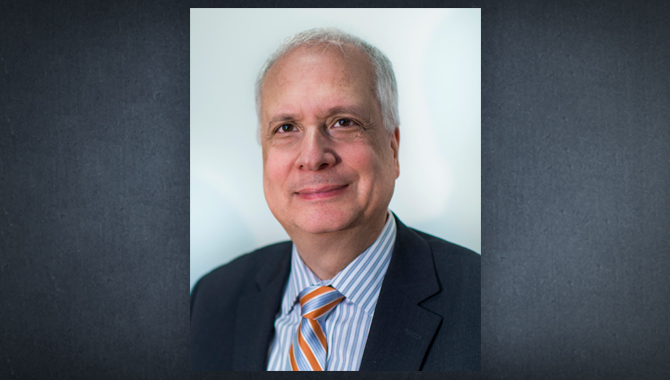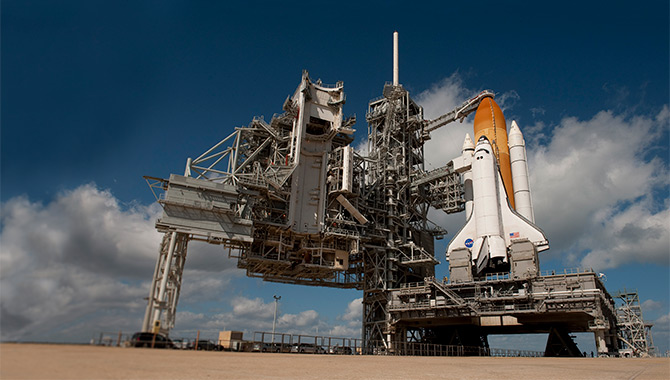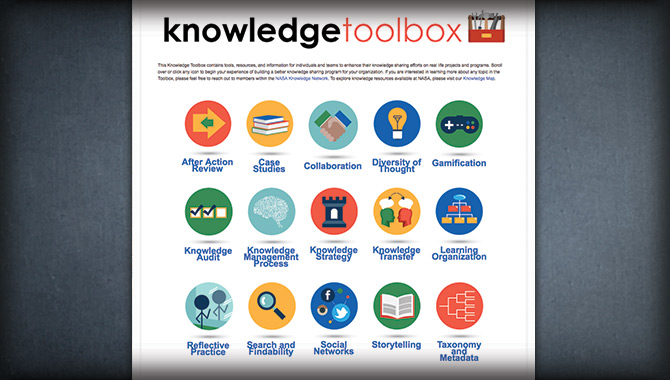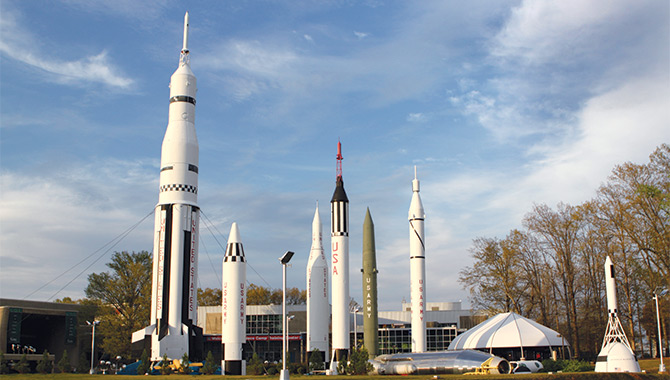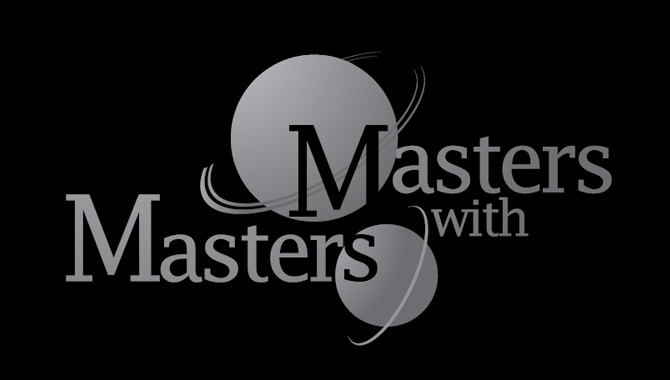
Masters with Masters events bring together master practitioners to reflect on their experiences, lessons learned, and perspectives about upcoming challenges.
For nearly seven years, NASA Chief Knowledge Officer (CKO) Ed Hoffman has hosted Masters with Masters (MwM).
MwM is a series of videoed interviews that bring together two master practitioners to reflect on their experiences, lessons learned, and thoughts about past, current, and upcoming challenges. These conversations yield fresh insights, promote open sharing, and serve as a learning resource for NASA’s workforce, creating a community of practitioners across and beyond NASA. One of the most critical topics—among dozens covered—is that of the importance of communication.
Regularly, the master practitioners share experiences in their communications within or across organizational and even geographical cultures, including international space agencies. Furthermore, there are many cultures within NASA such as the engineers and scientists who need to “speak the same language” while working together, and the project managers who are experts in Science, Technology, Engineering and Management (STEM) but must learn to communicate to team members whose expertise may be more procedurally or organizationally based.
The MwM focusing in on communication begins with MwM 1, with two senior leaders at NASA, both of whom stress the first and most important message about communications: its inescapabilty. The first lesson, gleaned from the MwM 1, is the foundation on which all else is built: the omnipresence of communication. This idea is particularly important to NASA, as the agency is a project-driven organization. In 2009, Chris Scolese, who was then the Acting Administrator of NASA, said, “You often hear people say that the most important thing is communication, the next most important thing is communication, and the next most important thing after that is communication.”
The second lesson could be grandly called the prominence of self-reflection and self-identification. In MwM 1, Scolese candidly continued his train of thought, that communication “is something that engineers aren’t terribly good at—that is why we’re engineers probably.” Of course, there was good humor infused in this self-effacing confession, but the point was made nonetheless. Working backwards, we also remember that the messenger must always identify and understand the audience for the message.
In MwM 2, Hoffman interviewed John Mather, a Nobel Prize-winning scientist, and Dennis McCarthy, one of NASA’s top project managers. They also stressed the importance of communication, both written and spoken, and McCarthy shared the effectiveness of using weekly meetings, even informal lunch meetings, to catch up. Wanting to make a point of stating your needs through communication, Mather took on the point of view of someone engaged in the actual task of persuasive communications: “‘OK, world, this is why we’re doing this.’” Mather continued, “It’s not that hard, but you have to do it well. I think the key is, what John pointed out, is communication. Writing it down and also communicating it.”
Another point can be gleaned from this dialogue about persuasion: the preeminence of the written. What is written down is taken more seriously than what is only spoken, especially in some cultures like the scientific and academic communities. The “codified word” is on top of the communication hierarchy—such as when it is published—more than if it were merely spoken. The reason for this might spring from the fact that speaking occurred earlier than writing in human development. Most cultures, even those that are incessantly texting, think that if someone took the time to write it down, they must believe in what they are communicating: This must truly be important, since someone committed it to writing. A final, related point worth making here, though not made explicitly in MwM 2, is that managers often notice that members of their workforce will retain information better if they read the information, as opposed to merely hearing it.
In MwM 3, Mike Hawes, Associate Administrator, NASA Office of Independent Program Cost and Evaluation, and Lynn Cline, Deputy Associate Administrator of Space Operations and U.S. negotiator for the International Space Station, both shared stories of their need to alter communications tactics. Cline learned early on while dealing with international communities the benefits of indirect but tactical communications. She noticed that if a proposal came from the United States, then the proposal was likely to be dismissed by the international partners. “So I got quite good at behind-the-scenes negations,” Cline admitted. “We got Germany to propose the plan… it was a U.S. proposal, but since it came from a country other than the U.S., the proposal went through.”
The final lesson serves as a capstone: Communication is collaboration, all within the medium of trust. The formula for communication is well known: There is a sender, a receiver, a message, and a medium (air waves, paper and ink, digital code, etc.); however, the often-overlooked element in this equation is trust. In MwM 5, Jean-Jacques Dordain, who led the European Space Agency, and Charlie Bolden, who currently heads NASA, spoke of the communicative criticality of trust. Dordain stated that there must be transparency, to which Bolden added that lack of trust creates overburdening bureaucracy, and both men agreed that new digital tools do not mitigate that bureaucracy, if trust is not present.
So what creates trust? The answer lies in diversity of thought, of cultures, and of communication styles that all have trust as the essential element. Bolden communicates something not easily explained but seen as outcomes:
What makes the family of space-faring nations today so strong and what, for me, makes the International Space Station perhaps the greatest example of what you get when you put nations together of diverse interests and backgrounds: you get an absolutely phenomenal technological achievement never before done by humankind.
Well said and captured herein. The Masters with Masters interviews—those mentioned above and 20 others—are accessible through km.nasa.gov and APPEL’s YouTube channel.
Mark Schwartz is the Editor-in-Chief of the NASA Knowledge Journal.






